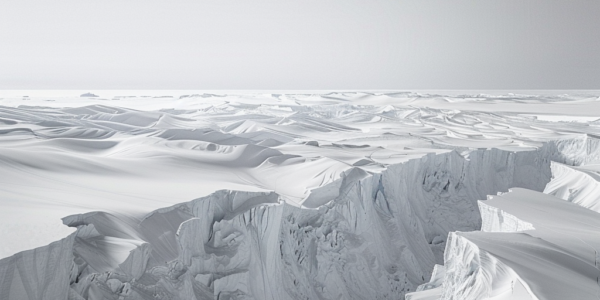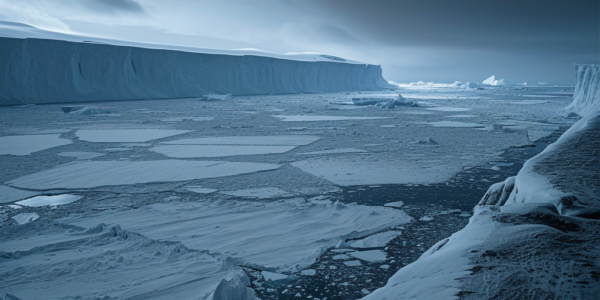Expedition to Thwaites Glacier Highlights Climate Change Urgency
Scientists and writers embark on a groundbreaking expedition to Thwaites Glacier, known as the ‘Doomsday Glacier,’ to study its potential impact on global sea level rise. Elizabeth Rush documents this journey in her book, highlighting the intersection of climate change, personal narratives, and the urgent need for action. Discover how this critical research is shaping our understanding of environmental challenges and the future of our planet.
Study Reveals Ocean Water Flowing Miles Underneath Antarctica’s ‘Doomsday Glacier’
A new study reveals that ocean water is rushing miles underneath Antarctica’s ‘Doomsday Glacier,’ potentially impacting sea level rise. The Thwaites Glacier in West Antarctica, known for its catastrophic effects on sea levels, is facing increased risks of melting. The study highlights the concerning dynamics at play and the urgent need for continued monitoring and research.
Alarming Discovery About ‘Doomsday Glacier’ in Antarctica
Scientists have made a startling discovery about the Thwaites Glacier in West Antarctica, often referred to as the ‘Doomsday Glacier.’ A new study reveals evidence that the glacier began rapidly retreating in the 1940s, raising concerns about the alarming rate of future melting. The implications of the Thwaites Glacier’s fate are substantial, with potential sea level rise and catastrophic global flooding. This research emphasizes the urgent need for global efforts to address climate change and its impacts.
$3.6 Million Submersible Vanishes Near ‘Doomsday Glacier’ in Antarctica
The University of Gothenburg’s $3.6 million submersible, Ran, has mysteriously disappeared near the ‘Doomsday Glacier’ in Antarctica. The uncrewed vessel was on a mission to study the Thwaites Glacier’s impact on rising sea levels. Its loss is a significant setback for climate change research, as it provided close-up exploration of glacial melting mechanisms. The disappearance has raised concerns about the potential impact of the ‘Doomsday Glacier’ on global sea levels.




